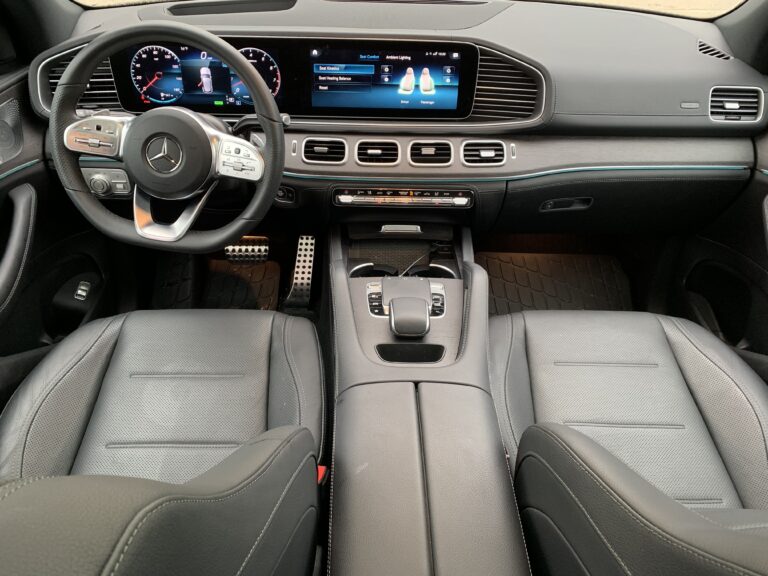Seating technology developer Comfort Motion Global (CMG) has launched its Motion Seating system to the automotive market.
Based on years of biomechanical testing and medical research, this new motion seating technology reduces occupant fatigue and improves overall wellness and safety through automated, micro-adjustments of the driver and passenger seats. This first-of-its-kind technology can be programmed into any memory seat and can additionally actuate any other system in the seat such as lumbar support, bolsters, heating and cooling, and existing massage functions.
The technology is a result of Dr Paul Phipps, a noted Indianapolis-based chiropractor specializing in human performance biomechanics, treating his long-time patients for chronic back pain associated with the cumulative effects of sitting, especially when driving frequently or for long distances.
“Specializing in human performance biomechanics, I had worked extensively with professional athletes helping them to create structural balance, increased flexibility and greater stability,” said Phipps, chief medical officer and director of research and development, CMG. “I realized these same principles could be applied to helping improve driver and passenger wellness for those spending repetitive or extended periods of time sitting in a car.”
“We then engaged with engineering and biomechanical labs at leading universities in order to validate our technology,” he continued. “Once our theories proved out scientifically, we formed our company, CMG, with the goal of increasing driver alertness and wellness, and eliminating the harmful effects of sitting, thereby supporting a healthier lifestyle for drivers and passengers.”
Motion Seating is a proactive technology, meaning it is designed to preempt tissue fatigue, and reduce related discomfort. The system, controllable by the user via the vehicle’s touchscreen, is a flexible software solution where the seatback and bottom cushion micro-adjust over time throughout the drive.
These adjustments collectively redistribute the occupant’s weight in the seat, continuously transferring compressive and shear stresses to new and different tissues. With each small motion (1° or less), it transfers the workload in the spine and supporting muscles to a new area so that no one area does all the work. This allows the natural tissue recovery cycles to occur, improving circulation and decreasing tissue fatigue and discomfort.
Traditional massage seating, conversely, is reactive, meaning it treats the pain that results from sitting in a static position. Massage technology also requires additional hardware such as mechanical rollers and pneumatic bladders while never addressing the source of the pain, which relates to remaining in a static position.
Mercedes-Benz is the first automobile manufacturer to bring CMG’s driver wellness seating technology to the marketplace, under the branding, Energizing Seat Kinetics. Through extensive testing, Mercedes-Benz confirmed the technology’s benefits and consumer acceptance. Energizing Seat Kinetics has been initially introduced in new memory-seat equipped GLE, GLS, A- and B-Class vehicles.



